A new twist on CRISPR technology
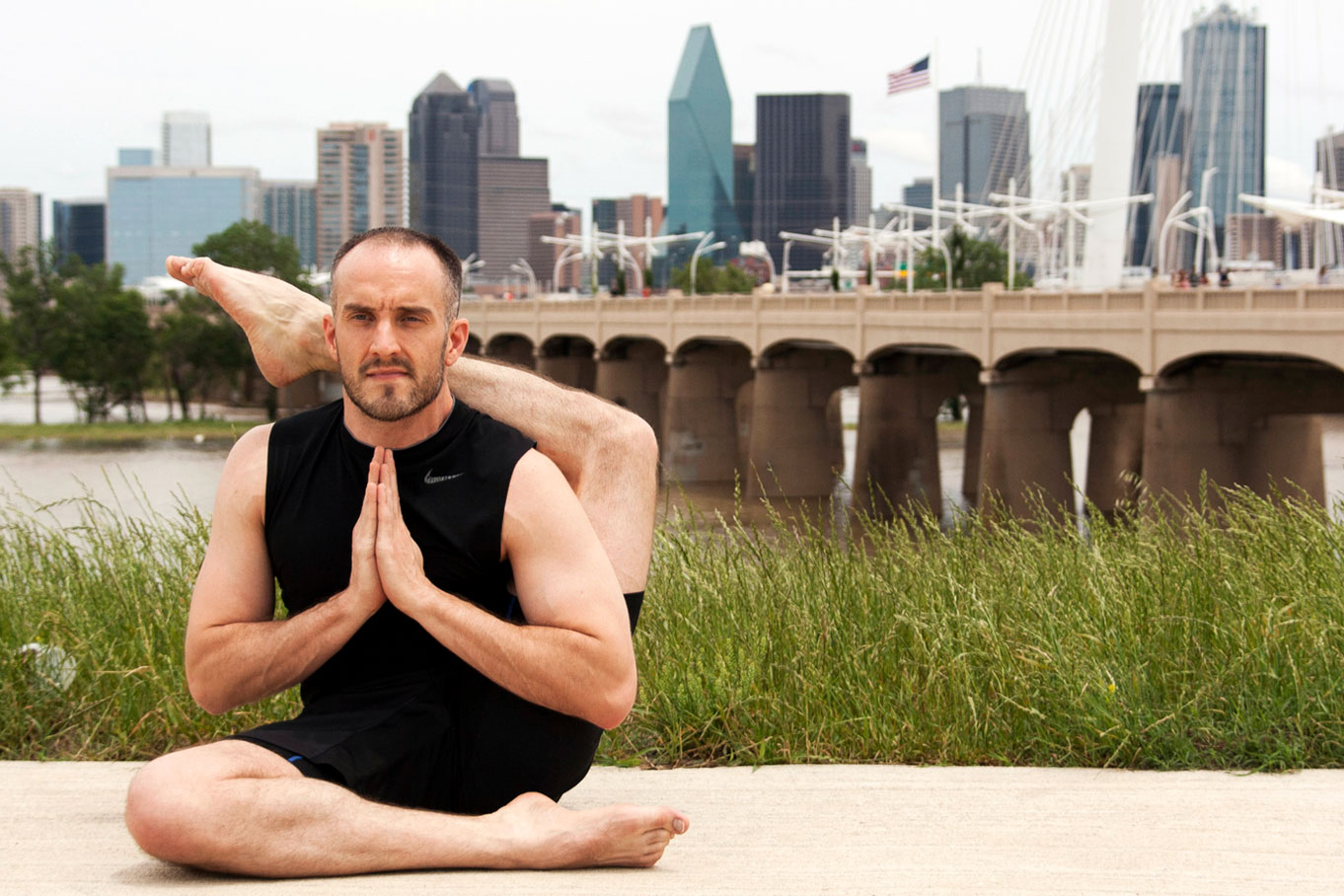
Assistant Professor of Microbiology Dr. John Schoggins arrived at UT Southwestern in 2012 and soon established himself as a force to be reckoned with. He investigates the innate immune response to viral infection by studying flaviviruses, a family of nasty pathogens that cause life-threatening diseases such as West Nile, Zika, and dengue fever. Last year, his lab used CRISPR technology to screen for proteins involved in the body’s defense against flaviviruses, revealing a human gene encoding a protein that blocks flaviviral replication. In 2016, his group showed that the Zika virus directly infects brain cells and evades immune system detection. His achievements have been recognized with a National Institutes of Health Director’s High-Risk/High-Reward Research award and selection as a Rita Allen Foundation Scholar. Here, Dr. Schoggins, a Nancy Cain and Jeffrey A. Marcus Scholar in Medical Research, in Honor of Dr. Bill S. Vowell, talks about his scientific journey with In Pursuit.
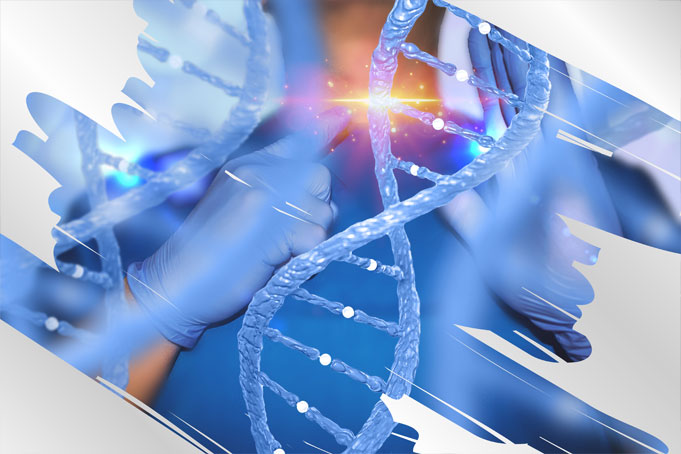
CRISPR gene editing is being used to find new ways to treat or prevent disease. You have used CRISPR gene screens in your work. Explain current research you’re doing using this technique as well as significant findings.
CRISPR screens allow us to search the human genome, more than 19,000 genes, one gene at a time, to identify a small number of genes that control a specific outcome. In our case, we looked for genes that inhibit viral infection. Imagine having 19,000 scratch-off lottery tickets, but only about 15 to 20 are actual winners, and those winners all have different monetary values. The idea of scratching off every single ticket is daunting. Fortunately, you learn that the winning tickets all have a unique, scannable bar code that is distinct from the bar code on the losing tickets. Using a bar-code scanner, you can quickly identify the small number of winners. But it’s not until you scratch each winning ticket individually that you determine the amount of each cash prize. Our CRISPR screens uncovered a gene called IFI6 that turned out to be one of the biggest “prizes” among the “winning tickets.” It appears to be one of the most important genes that inhibit flavivirus infection.
Do you think this gene is a flavivirus resistance gene in humans?
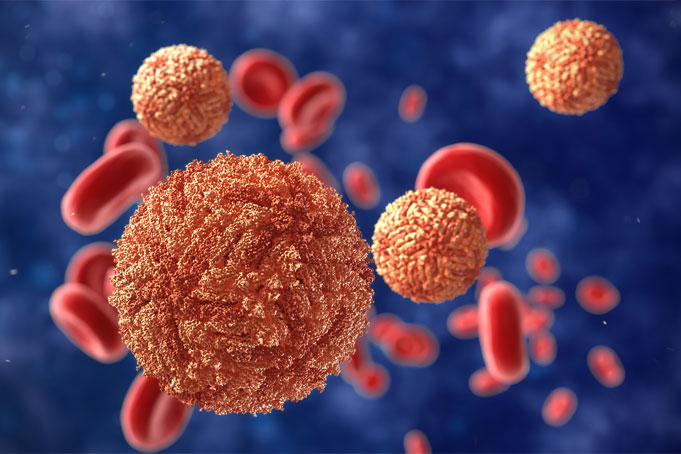
We don’t know yet. The best way to answer this question would be to perform gene correlation studies in large cohorts of people who have been infected with flaviviruses.
What does identifying IF16 mean to human disease? If we can figure out the molecular details underlying the potent antiviral nature of this protein, we may be able to leverage that knowledge into development of the first therapies for flavivirus infection. Currently, there are none.
What is it about UT Southwestern that cultivates groundbreaking discoveries?
The institutional culture is one of excellence, never cutting corners, and always digging deeper into our areas of research. UT Southwestern is also incredibly collaborative. Every person I have approached for a collaboration or for help on a research question has been generous with their time and resources. Scientific discovery rarely happens in a vacuum – and UT Southwestern is at the forefront of collaborative science.
What experiences and/or influences led you to become a scientist?
I was fascinated by the natural world from an early age. My high school chemistry teacher, Ms. Diane Kiddy, nominated me for a national Bausch & Lomb Honorary Science Award, which I received. Getting the award meant automatic entry into competition for a scholarship at the University of Rochester, which again I received and led to my moving to New York, never having seen snow.
To earn spending money, I worked as a dishwasher in the Department of Dermatology. It wasn’t glamorous, but it got me started on my path!
Just prior to my sophomore year, the new Chair of the Department of Dermatology, Dr. Alice Pentland, hired me to help get her lab up and running. That job turned into a four-year stint and research in her lab.
As an undergraduate, I was awarded a summer research fellowship under the Ronald E. McNair Post-baccalaureate Achievement Program – a government-sponsored program designed to provide research experiences to underrepresented minorities and low-income, first-generation college students. I was able to complete my McNair project in Dr. Pentland’s lab in the summer and kept my work-study position in her lab during the academic year. My experience in her lab solidified my interest in biomedical research and my desire to continue my education at the graduate level.
What drew you to the field of microbiology?
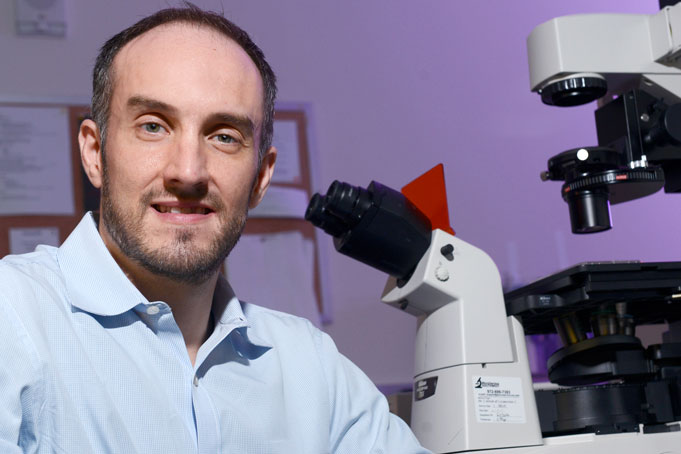
By the time I was nearing the end of my undergraduate education, I was conflicted about whether to pursue graduate school or medical school. The problem was I was horrible at taking standardized tests. I took the MCAT for medical school entrance and did rather poorly relative to what Tier One institutions were looking for. Despite that, my grades and published undergraduate work were sufficient to get a few medical school interviews and onto the waitlist at NYU. However, by fall, the waitlist had not budged so I moved to New York City and took a job as a research technician at Weill Cornell Medical College in the lab of Dr. Erik Falck-Pedersen, studying how to make better adenovirus vectors for gene therapy. This was my first introduction to microbiology – viruses specifically – and I quickly became fascinated by microbes. After a year in the lab doing intensive research, I knew that this was what I wanted to do for a career. I applied to Ph.D. programs, enrolled at Cornell, and ultimately joined the lab where I had been a technician.
My graduate studies were very virus-centric, but near the end of them, I started working on how the host responds to viruses. This piqued my interest in the immune response and led to my postdoctoral work in Dr. Charlie Rice’s lab at The Rockefeller University. There, I studied how the immune response is able to limit viral infection through a molecule called interferon.
What about yoga – what drew you to it and what inspired you to pursue it with such intensity? How does it help you as an individual and/or as a scientist?
I threw my back out in 2005 lifting weights, reinjured it in 2007, and decided to do something different, thus starting my yoga journey. In 2010, a friend invited me to a “hot yoga” class (yoga in a heated room) and I was instantly hooked. My first class was incredibly difficult, but later the instructor encouraged me to compete. I had no idea what she was talking about – yoga competition? It didn’t make sense. Sure enough, it exists and is quite common in India. The next year, in 2011, I competed in my first championship, did poorly, but stuck with it. By 2014, I won the Texas regional championship. In 2015, I placed first in the USA Yoga National Championship, a title I held onto in 2016. The USA championships qualified me for international competition. In the summer of 2016, I went to Italy for the International Yoga Sports Federation Championship and won first place there.
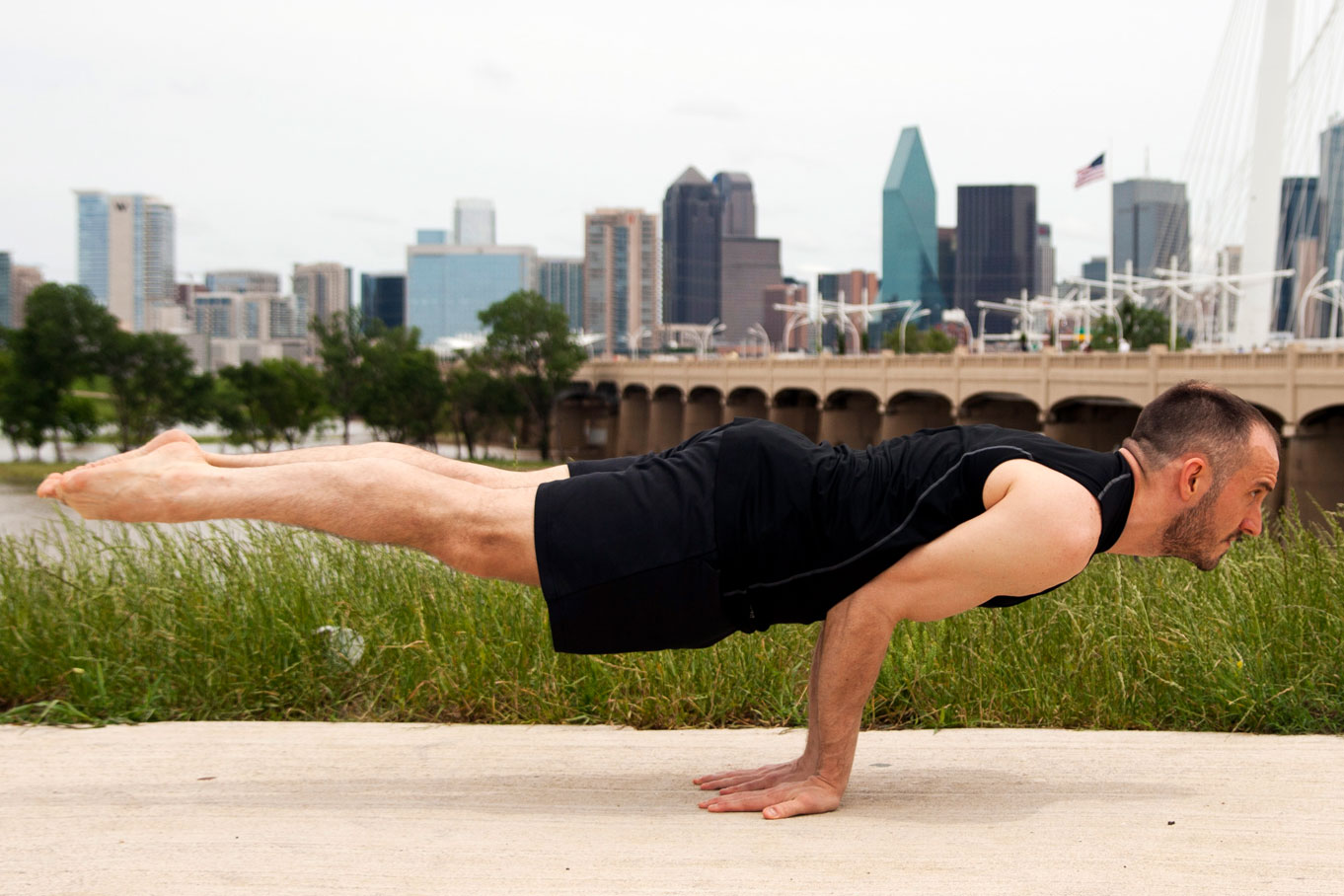
I think I pursue yoga with intensity for many reasons. One is the ability to precisely refine specific yoga postures through methodical training. As a scientist, I am drawn to the idea of precision in yoga. Also, yoga unites the body and the mind through awareness, and this was amplified through championship training. Lastly, it is a fun hobby, and I became part of a community.
Tell us about your childhood, family today, and outside interests.
I was born a fifth-generation Texan in the city of Big Spring and my family moved around in the military the first four years of my life. We eventually settled in Corpus Christi, where I attended public school.
We did not have a lot growing up. My dad repairs helicopter engines and my mom has worked as an administrative assistant in a bank for over 35 years. My parents divorced when I was 9. Nobody in the immediate or extended family had ever gone to college before my brother and I did. We had a simple upbringing. We couldn’t afford summer camp, sports camps, or nice vacations out of state, much less travel out of the country. Vacation was about family – going to family reunions in Texas, Louisiana, or Arkansas or visiting relatives in Texas and staying at their houses.
My home life today consists of me, my husband, Chris, whom I just married in September, and our adorable dog, Wilber (named after the 19th-century British abolitionist William Wilberforce). Aside from science and yoga, we enjoy spending time with friends, going to museums, and traveling.
What might others be surprised to know about you?
The last couple of years, I’ve embarked on sourdough bread making using natural yeast and bacteria to ferment dough as it was commonly done prior to the Industrial Revolution. Making sourdough bread is like having a mini-microbiology lab in my own kitchen, which, of course, is great!
I’m also an unapologetic introvert.

